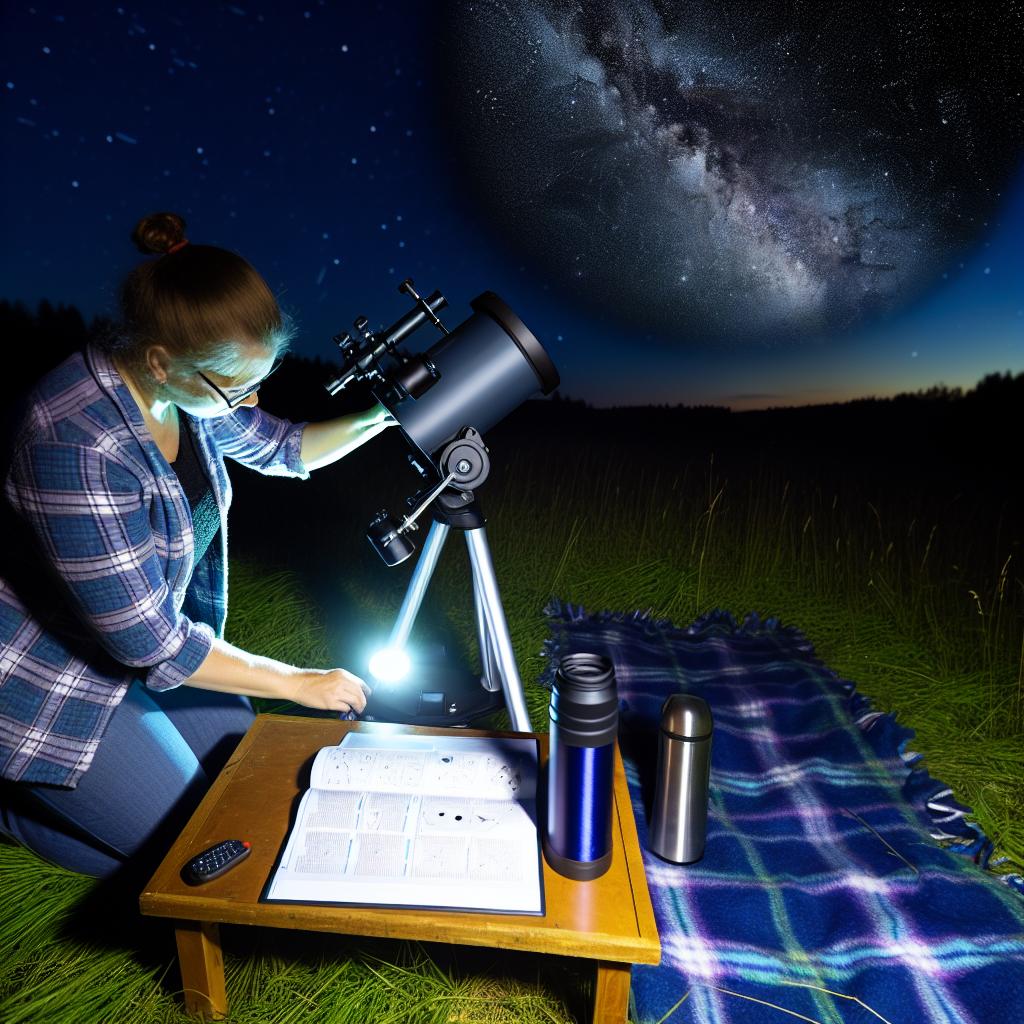Choosing the Right Location
Finding the perfect spot for stargazing is an essential step in ensuring the best possible experience with your telescope. The presence of light pollution can severely affect the clarity and visibility of celestial objects. To avoid this, it is advisable to locate an area that is free from the artificial lighting of urban environments. Suitable locations include rural areas or designated dark sky parks that are specifically set up to cater to stargazers. These places offer minimal interference from artificial lights, allowing you to observe the night sky with enhanced clarity. Additionally, it is important to ensure that your chosen location provides an unobstructed view of the sky. Any trees, buildings, or other structures that might block your line of sight should be avoided to ensure an uninterrupted connection with the stars above.
Setting Up the Telescope
Proper setup of your telescope is crucial for a successful stargazing session. Begin by locating a stable and level surface on which to position your telescope. For those who are new to stargazing, a tripod-mounted telescope is often recommended. It allows for ease of movement and provides a stable platform for viewing. Start by adjusting the tripod legs to a height that is comfortable for you and ensure they are securely locked to prevent any movement. Once stability is achieved, proceed to attach the telescope to the mount according to the manufacturer’s instructions, ensuring it is firmly secured.
Aligning the Telescope
With the telescope set up, the next step is to align it accurately to follow celestial objects as they move across the sky. For those using manual telescopes, a star map or an astronomy mobile app can be utilized to pinpoint the location of known stars or planets. By aligning your telescope with these reference points, you establish a baseline for your observations. If using computerized telescopes, leverage the digital alignment feature offered by the telescope’s onboard computer interface. This technology simplifies the alignment process, guiding you through steps that result in precise tracking of objects.
Calibrating the Finderscope
A crucial accessory for any telescope is the finderscope, a small auxiliary telescope attached to the main telescope. The purpose of the finderscope is to aid in the accurate localization of stars and planets. To ensure it performs this function, proper calibration is required. During daylight hours, use a distant terrestrial object, such as a tree or a building, to align the finderscope with the main telescope. Both the finderscope and the telescope eyepiece should be centered on the same object, ensuring alignment and simplifying nighttime celestial navigation.
Choosing Eyepieces
Telescopes come equipped with various eyepieces, each offering different levels of magnification. To begin your observation, select an eyepiece with low magnification; this allows you to locate your target more easily. Once the desired celestial object is within view, you can then switch to a higher magnification eyepiece to examine finer details. It is important to handle these eyepieces with care, maintaining cleanliness and avoiding fingerprints on the lenses to preserve image quality.
Adapting to Night Conditions
Once your telescope setup is complete, and you’re ready to begin observing, it’s essential to let your eyes adjust to the darkness. This adaptation period can take about 20 minutes, and during this time, avoiding exposure to bright lights will help maintain your improved night vision. If reference materials or adjustments are needed, consider utilizing a red flashlight, as red light minimally impacts night vision, unlike the bright screen of a phone or a white light.
In summary, successful stargazing is heavily reliant on careful preparation and consideration of various factors, from choosing the right location to setting up and aligning your telescope correctly and using the appropriate accessories. For ongoing learning and resources tailored to amateur astronomers, Sky & Telescope offers valuable insights and information, making it a respected source within the community.
This article was last updated on: August 2, 2025


